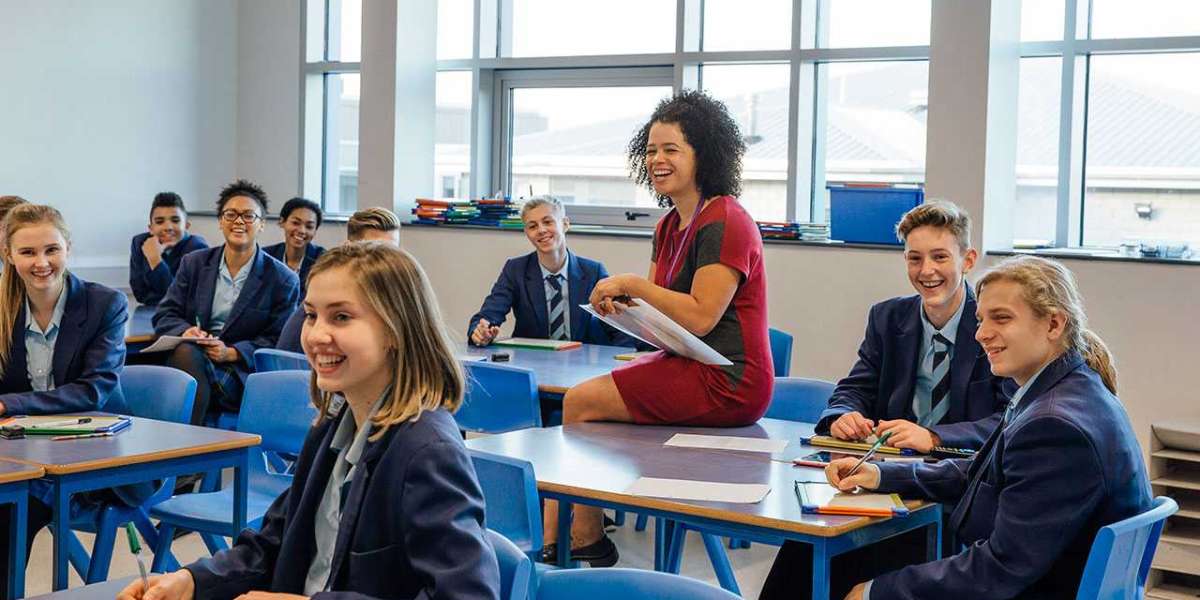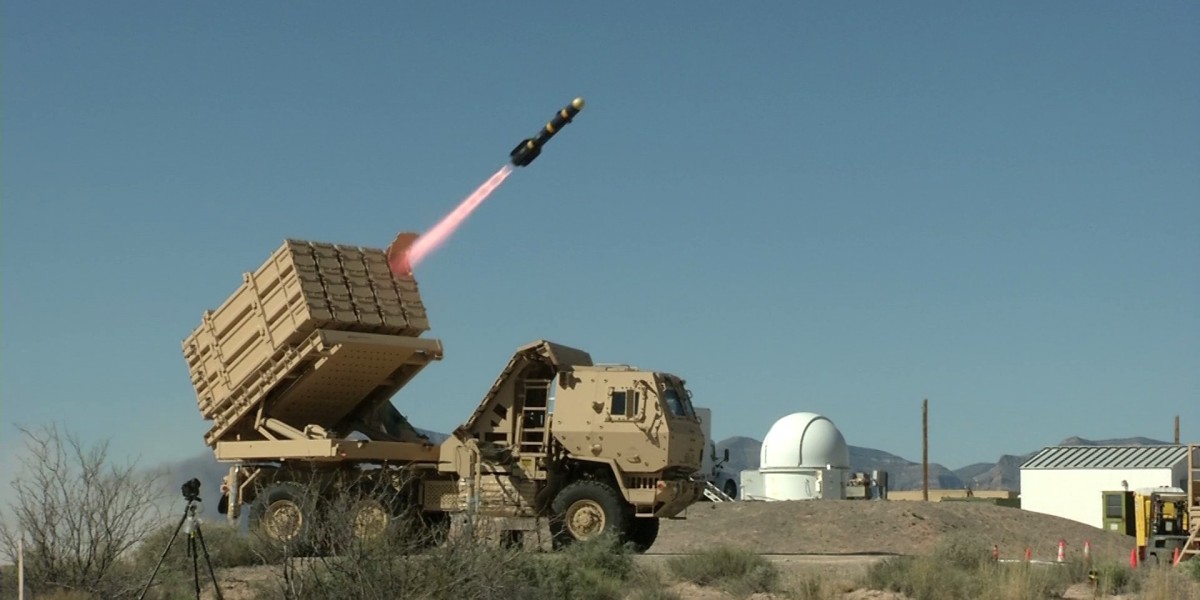This article was written by the case brief writing service
Mass school shootings are one of the consequences of the Second Amendment as they do not only impacts people’s lives but also initiate debates on the possible options to prevent repeated murders in the future. The U.S. President has suggested that one of the possibly effective measures to avoid mass schools shootings is eliminating the currently existing gun-free zone by equipping educators with guns so they could respond to attackers. However, the idea to require teachers to carry arms in schools should not be implemented because teachers may get emotional and use weapons to express aggression, cannot be sufficiently trained to overcome fear during the real crisis, and must teach but not protect since it is law enforcement personnel’s responsibility to ensure security.
First, as all humans, educators may get emotional, which could result in their use of weapons against students if they cannot handle some stressful situation. One of the students who experienced the mass shooting at Douglas High School in Florida expresses students’ concerns about the possible consequences of teachers carrying guns and possibly not handling emotions while working with students (CNN, 2018). Educators work in a stressful environment since learners are diverse, which might cause different types of pressure. Without guns, teachers use their skills, knowledge, and experience to solve any conflicts and challenging situations. However, if they have a weapon, there is no guarantee that an educator will be sufficiently emotionally strong to resist the temptation to pull a gun and use it against a rule violator or to stop students who fight ("Editorial," 2018). Therefore, the idea to equip teachers with guns is unreliable because of the stress and educators’ emotional resistance that remains unknown in case of a crisis.
Secondly, carrying a gun to protect students during possible mass shootings is not the function of educators since they work in schools to teach. School staff are trained and have the required expertise to educate students, and they often serve as role models and mentors in many aspects ("Editorial," 2018). However, the fact of them carrying guns would create an emotional barrier between a teacher and a learner and reduce the educational outcomes. Every specialist should execute specific professional roles, which means that while educators are obliged to teach, it would be wiser to allocate more law enforcement personnel to ensure safety in schools. Otherwise, the decision to equip teachers with guns would deteriorate educational benefits and expose students to even greater danger as compared to the current threat of mass shooting because educators do not have to do such a job.
Lastly, there is little confidence in teachers’ ability to protect students during a mass shooting, because even if they are trained, the chances are high that they either escape or fire chaotically during a crisis. The President suggested that educators who would have a gun in schools would have to take special training to learn how to both handle the weapon and respond to attackers (Long Walker, 2018). However, it is highly likely that such instructions would not be effective. According to Long and Walker (2018), even heavily trained people tend to forget the skills and knowledge they received during training and choose to either escape from danger or fire chaotically. Therefore, the educators’ access to guns during a crisis may endanger those who they should protect, and preliminary training is not a practical solution to the problem.
Although mass school shootings are a severe social problem and the use of guns to stop attackers is often the only option during the crisis, teachers should not carry arms in schools. The permit or requirement for educators to have weapons on them while in schools would endanger students because teachers may get emotional and could use a gun against learners. Besides, during an attack, educators may not have enough skills, which could lead to additional fatalities due to chaotic shooting or a decision to escape the danger. Finally, educators’ role is to teach, and it is law enforcement personnel who should protect students from mass shootings.
References
CNN. (2018, February 21). Student on arming teachers: They are there to teach [Video File]. Retrieved from https://youtu.be/HUM5I_UPyBI
Editorial: Why teachers should not carry guns. (2018). Tampa Bay Times. Retrieved from https://www.tampabay.com/opinion/editorials/Editorial-Why-teachers-should-not-carry-guns_165928591
Long, C., Walker, T. (2018). Arming teachers is not the answer. neaToday. Retrieved from http://neatoday.org/2018/03/05/arming-teachers/








